Thurgood Marshall, pillar of the civil rights revolution, architect of the legal strategy that ended the era of official segregation, and the first black Justice of the Supreme Court, died today. A major figure in American public life for a half-century, he was 84 years old.
Toni House, the Court's spokeswoman, said Justice Marshall died of heart failure at Bethesda Naval Medical Center in Maryland at 2 P.M.
Justice Marshall, who retired from the High Court in 1991, had been scheduled to administer the oath of office to Vice President Al Gore on Wednesday, but his failing health prevented him from doing so.
Thurgood Marshall was a figure of history well before he began his 24-year service on the Supreme Court on Oct. 2, 1967.
During more than 20 years as director-counsel of the NAACP Legal Defense and Educational Fund, he was the principal architect of the strategy of using the courts to provide what the political system would not: a definition of equality that assured black Americans the full rights of citizenship.
Landmark Triumph in 1954
His greatest legal victory came in 1954 with the Supreme Court's decision in Brown v. Board of Education, which declared an end to the "separate but equal" system of racial segregation then in effect in the public schools of 21 states.
Despite the years of turmoil that followed the unanimous decision, the Court left no doubt that it was bringing an end to the era of official segregation in all public institutions. Many questions lingered after so monumental a transformation, and the Court continued to confront issues involving the legacy of segregation even after Justice Marshall retired.
As a civil rights lawyer, Mr. Marshall devised the legal strategy and headed the team that brought the school desegregation issue before the Court. An experienced Supreme Court advocate by that time, he argued the case himself in the straightforward, plain-spoken manner that was the hallmark of his courtroom style. Asked by Justice Felix Frankfurter during the argument what he meant by "equal," Mr. Marshall replied, "Equal means getting the same thing, at the same time, and in the same place."
He won many other important civil rights cases, including a challenge to the whites-only primary elections in Texas. This device was commonly used by white Southern politicians to disenfranchise blacks.
He also won a major Supreme Court case in which the Court declared that restrictive covenants that barred blacks from buying or renting homes could not be enforced in state courts. 'Heroic Imagination' In a Ruthless World
Mr. Marshall, who was born and reared in Baltimore, was excluded from the all-white law school at the University of Maryland. Later he brought successful lawsuits that integrated not only that school but also several other state university systems. He received his legal education at the law school of Howard University in Washington, D.C., the nation's pre-eminent black university, where he graduated first in his class in 1933 and made the personal and intellectual connections that shaped his future career.
Years later, the University of Maryland named its law library for him, and the City of Baltimore honored him by placing a bronze likeness, more than eight feet tall, outside the Federal courthouse.
"To do what he did required a heroic imagination," Paul Gewirtz, one of Justice Marshall's former law clerks, wrote in a tribute published after the Justice retired from the Court.
The article by Mr. Gewirtz, the Potter Stewart Professor of Constitutional Law at Yale Law School, continued: "He grew up in a ruthlessly discriminatory world -- a world in which segregation of the races was pervasive and taken for granted, where lynching was common, where the black man's inherent inferiority was proclaimed widely and wantonly. Thurgood Marshall had the capacity to imagine a radically different world, the imaginative capacity to believe that such a world was possible, the strength to sustain that image in the mind's eye and the heart's longing, and the courage and ability to make that imagined world real."
Yet Justice Marshall was not satisfied with what he had achieved, believing that the Constitution's promise of equality remained unfulfilled and that his work was therefore unfinished. A Voice of Anger And Disappointment
For much of his Supreme Court career, as the Court's majority increasingly drew back from affirmative action and other remedies for discrimination that he believed were still necessary to combat the nation's legacy of racism, Justice Marshall used dissenting opinions to express his disappointment and anger.
In 1978, for example, in the Bakke case, in which the Court found it unconstitutional for a state-run medical school to reserve 16 of 100 places in the entering class for black and other minority students, Justice Marshall filed a separate 16-page opinion tracing the black experience in America.
"In light of the sorry history of discrimination and its devastating impact on the lives of Negroes," he wrote, "bringing the Negro into the mainstream of American life should be a state interest of the highest order. To fail to do so is to ensure that America will forever remain a divided society."
He dissented in the City of Richmond v. Croson, a 1989 ruling in which the Court declared unconstitutional a municipal ordinance setting aside 30 percent of public contracting dollars for companies owned by blacks or members of other minorities. The Court majority called the program a form of state-sponsored racism that was no less offensive to the Constitution than a policy officially favoring whites.
In his dissenting opinion, Justice Marshall said that in reaching that conclusion "a majority of this Court signals that it regards racial discrimination as largely a phenomenon of the past and that government bodies need no longer preoccupy themselves with rectifying racial injustice."
He added: "I, however, do not believe this nation is anywhere close to eradicating racial discrimination or its vestiges. In constitutionalizing its wishful thinking, the majority today does a grave disservice not only to those victims of past and present racial discrimination in this nation whom the government has sought to assist but also to this Court's long tradition of approaching issues of race with the utmost sensitivity."
Great Dissenter' As Political Prophet
Although he wrote a number of important majority opinions for the Court, his most powerful voice was in dissent, and not only in the area of racial discrimination. Like his friend and closest ally, Justice William J. Brennan Jr., who retired the year before he did, Justice Marshall believed that the death penalty was unconstitutional under all circumstances. He dissented from all decisions in which the Court upheld the application of the death penalty, and he wrote more than 150 dissenting opinions in cases in which the Court had refused to hear death penalty appeals.
In an article published after his retirement, Kathleen M. Sullivan, a Harvard Law School professor, called Justice Marshall "the great dissenter."
"We may read his eloquent admonitions in dissent as prophecies for another (perhaps distant) era when the political pendulum swings again," Professor Sullivan wrote. "With his departure goes part of the conscience of the Court -- a reminder of the human consequences of legal decisions."
While the phrase "first black Supreme Court Justice" was attached so often to his name that it appeared to be part of his official title, it was a partial definition at best, scarcely encompassing the unusual range of legal experience that Justice Marshall brought to the Court.
By the time President Lyndon B. Johnson named him to succeed Justice Tom C. Clark, who had retired, Mr. Marshall had argued 32 cases before the Supreme Court and won 29 of them. He argued 14 of those cases as a private lawyer and 18 as Solicitor General of the United States, the Federal Government's chief advocate in the Supreme Court. President Johnson had named him to that position in 1965, two years before nominating him to the Supreme Court.
From 1961 to 1965, Thurgood Marshall was a Federal appeals court judge, named by President John F. Kennedy to the United States Court of Appeals for the Second Circuit, in Manhattan. He wrote 112 opinions on that court, none of which was overturned on appeal. Several of his dissenting opinions were eventually adopted as majority opinions by the Supreme Court.
He had at first been hesitant to accept President Kennedy's offer of a seat on the appeals court, fearing that his allies in the civil rights movement would think that he was deserting the struggle. "I had to fight it out with myself," he said in an interview some years ago. "But by then I had built up a staff -- a damned good staff -- an excellent board, and the backing that would let them go ahead. And when one has an opportunity to serve the Government, he should think twice before passing it up."
Justice Marshall's first wife, the former Vivien Burey, whom he married in 1929, died of cancer in February 1955. In December of that year, he married Cecilia Suyat, known as Cissy. They had two sons, Thurgood Jr., legislative affairs coordinator for the Office of the Vice President and previously a lawyer on the staff of the Senate Judiciary Committee, and John, a member of the Virginia state police.
ADVERTISEMENT
BY
Looking for more information?
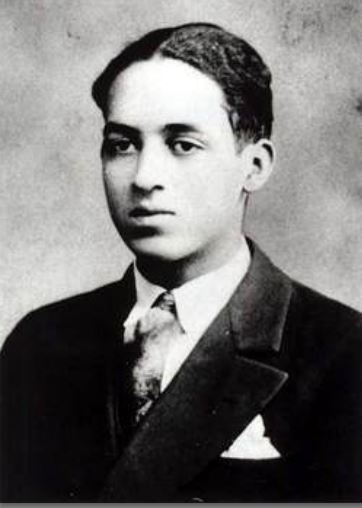
 Amanda S. Stevenson
Amanda S. Stevenson 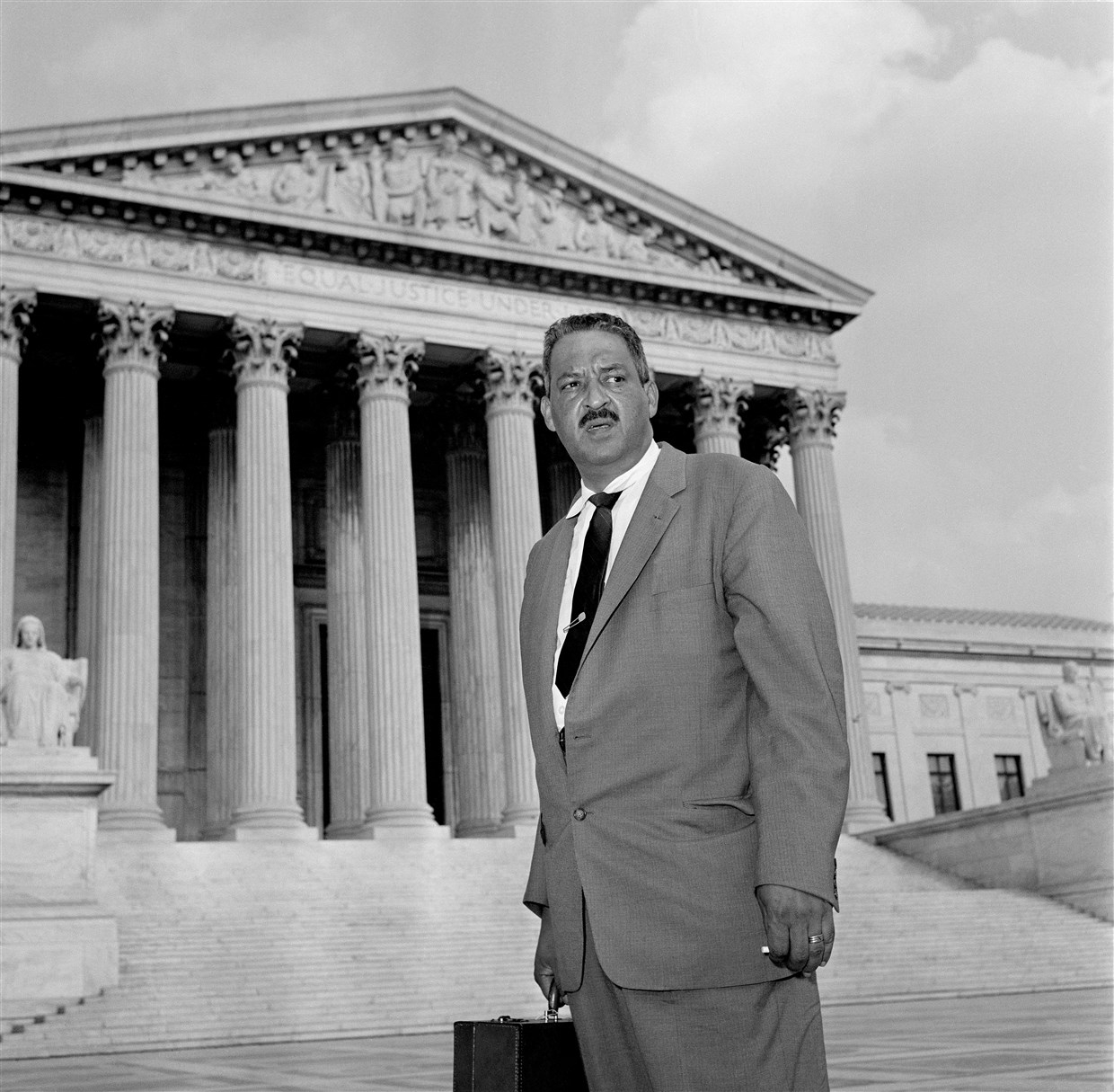
 Amanda S. Stevenson
Amanda S. Stevenson 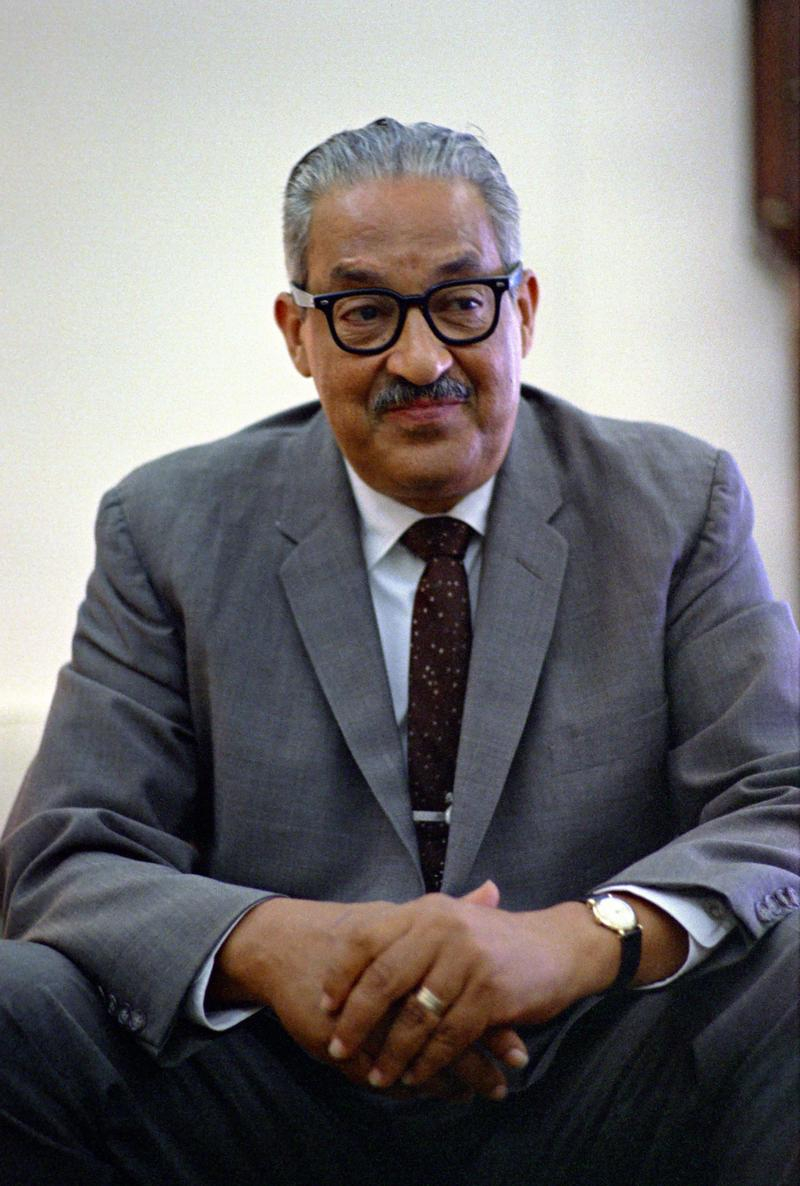
 Amanda S. Stevenson
Amanda S. Stevenson 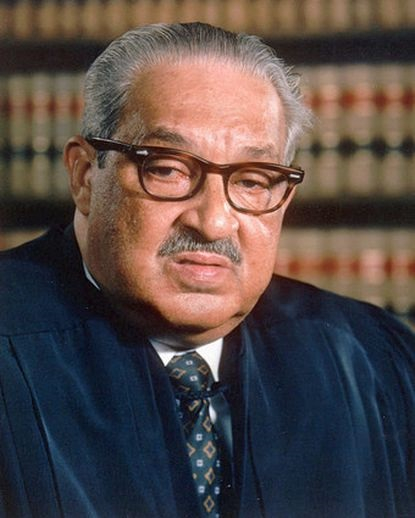
 Amanda S. Stevenson
Amanda S. Stevenson 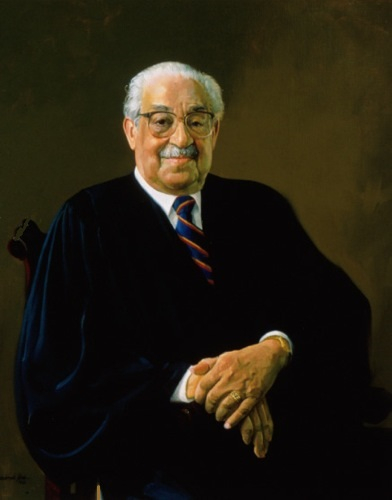
 Amanda S. Stevenson
Amanda S. Stevenson 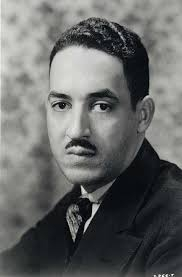
 Amanda S. Stevenson
Amanda S. Stevenson 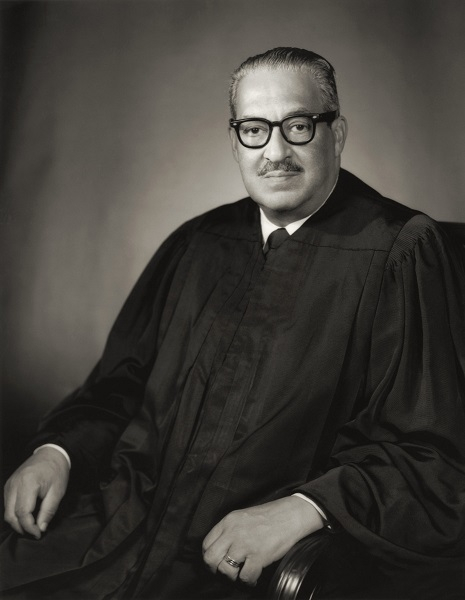
 Amanda S. Stevenson
Amanda S. Stevenson 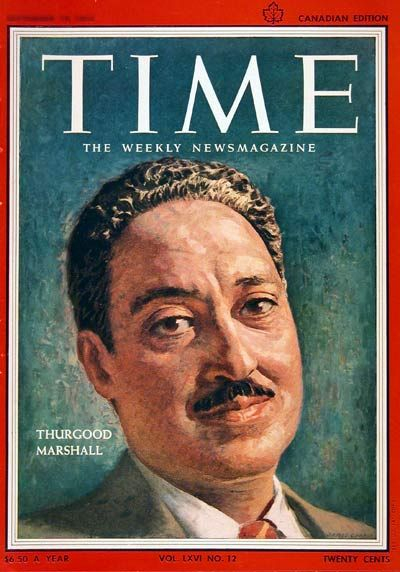
 Amanda S. Stevenson
Amanda S. Stevenson 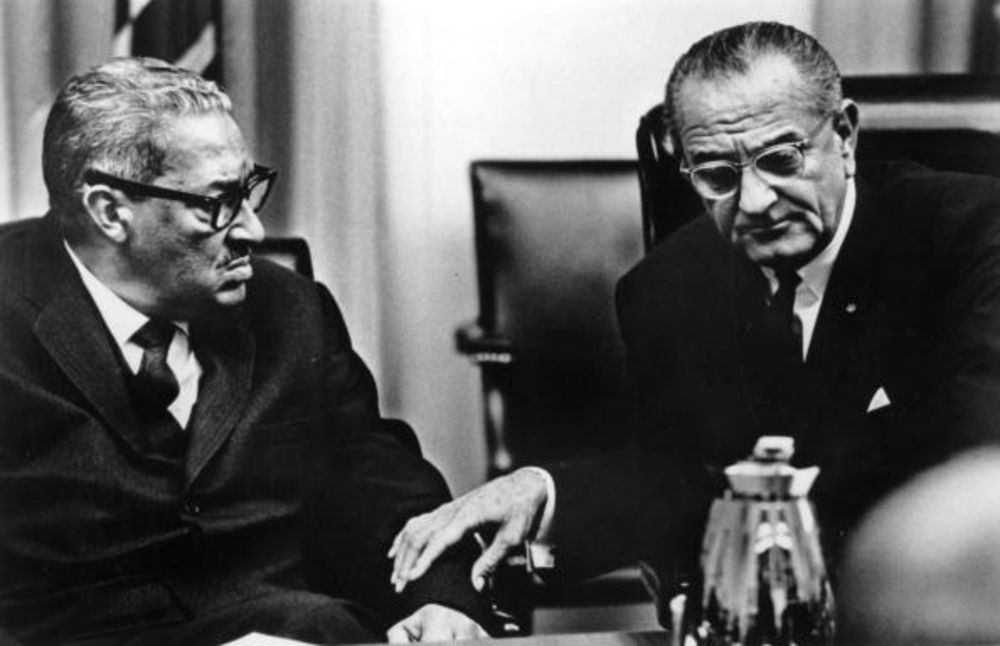
 Amanda S. Stevenson
Amanda S. Stevenson 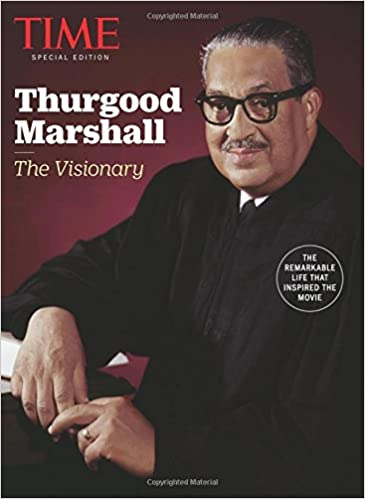
 Amanda S. Stevenson
Amanda S. Stevenson 